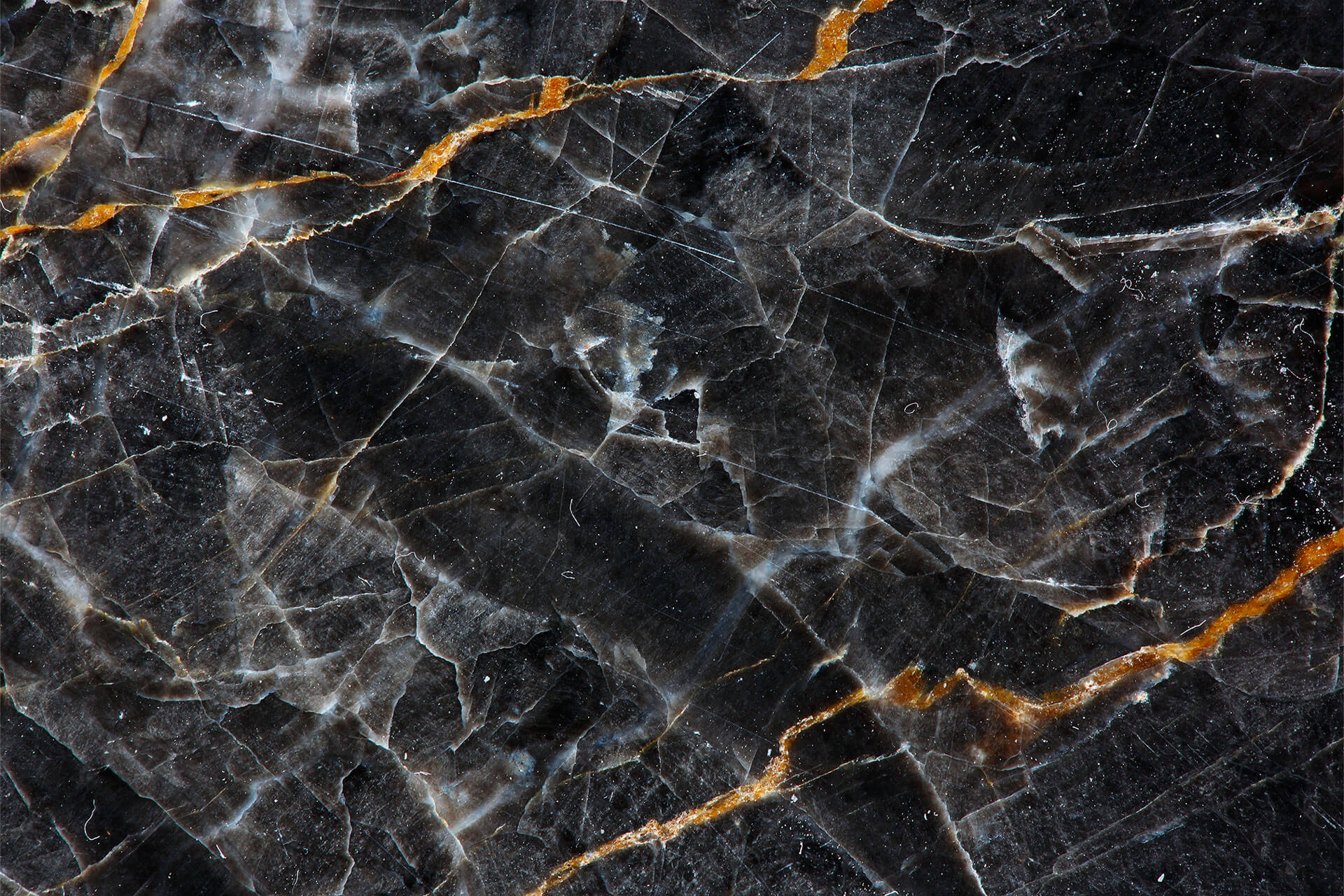No other natural stone has such a noble charisma and such a unique character as marble. Mankind has been fascinated by its unmistakable grain and smooth surface for thousands of years. The natural stone has long left its ostentatious or even old-fashioned image behind and today stands for natural minimalism and elegant zeitgeist. No wonder it has become the favorite material of many designers and interior designers. Find out everything about the properties and care of this noble classic here.
What is marble?
Colloquially, we refer to all limestone that we can polish as marble. These consist largely of calcium carbonate and are formed through the lengthy transformation of various minerals in different layers of the earth. When these minerals are subjected to intense heat and extreme pressure, marbles are formed.
Good to know: Many people believe that marble has a calming, healing effect due to the minerals it contains.
Properties and characteristics of the material marble
- Unique: Its unique grain is created by mixing processes of different rocks in the earth’s interior and makes each marble stone unique. Its different shades of color are impressive.
- Durable: Marble belongs to the hard sandstone family and is therefore extremely hard and durable. You don’t have to worry about cracking or chipping.
- Heat-resistant: Like all carbonate rocks, marble can easily withstand temperatures of up to 600°C.
- Easy to clean: Although marble is a high-maintenance stone, treating it turns out to be simple.
- Suitable for allergy sufferers: Thanks to its waterproof, easy-to-clean surface, marble is particularly recommended for people who are allergic to house dust.
- Polishable: The structure of the marble stone is emphasized with a polish.
Where is marble used?
Interior designers like to choose marble for floors, kitchen tops or window sills. Many designers use the noble flair of marble to give their designs the finishing touch.
An appealing way to accommodate a larger piece of marble in our interior is with marble table tops. Due to its durable and resistant properties, marble is also used in the kitchen.
Cleaning marble – care tips
Clean your marble regularly to keep it shiny. Dry cleaning is usually sufficient. Small stains can be wiped away with a damp cloth, preferably chamois leather. Use gentle, circular motions to avoid scratching the marble stone. Then wipe the marble dry with another soft cloth. If liquid gets on the marble, be sure to wipe the slab directly. Larger surfaces such as marble floors can be additionally protected by impregnation.
Which agent is suitable for cleaning?
- lukewarm water mixed with a mild washing-up liquid
- marble cleaner
- light soap
- Corn starch against grease stains
If you are unsure about your choice of cleaning agent, try it on an inconspicuous area of the marble first. Do not use agents that are strongly alkaline, contain acids or oils. Also avoid household products such as lemons and wax, as these also cause stains.
Why you shouldn’t clean marble with acid
From a geological point of view, marble belongs to the group of limestones and has a large proportion of lime itself. Limescale is dissolved by most acids, causing the marble to become dull, discolored or even pitted.
Polishing marble – that’s how it’s done
First remove dust or other small dirt particles with a dry cloth. Mix about 50 grams of baking soda with one liter of water and spread this mixture over the marble surface with a rag. Allow the mixture to dry for up to 24 hours before wiping it off with a damp rag.
